100 Diastolic Pressure: Understanding the Bottom Number of Your Blood Pressure
What does it mean when the bottom number of your blood pressure is over 100? Discover the significance of diastolic blood pressure and how it relates to your overall cardiovascular health.
Understanding Diastolic Blood Pressure
Blood pressure is measured using two numbers: the systolic blood pressure (the top number) and the diastolic blood pressure (the bottom number). While the systolic pressure represents the force of your heart as it pumps blood through your arteries, the diastolic pressure reflects the pressure in your arteries when your heart is at rest between beats.
The diastolic blood pressure number is an important indicator of your cardiovascular health. A diastolic pressure of 100 mmHg or higher is considered high and may indicate the presence of hypertension, a condition that can lead to serious health complications if left untreated.
Causes of High Diastolic Blood Pressure
There are several factors that can contribute to a high diastolic blood pressure, including:
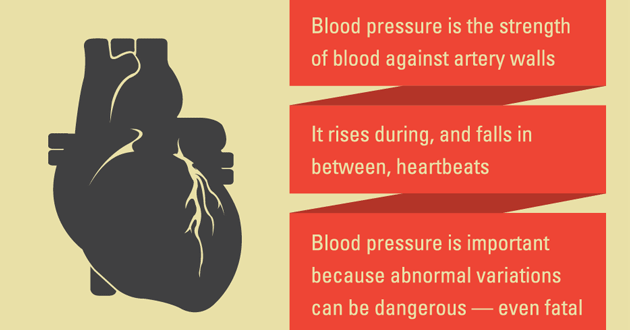
- Increased Peripheral Resistance: When the blood vessels in your body become narrowed or stiffened, it can increase the resistance to blood flow, leading to a rise in diastolic pressure.
- Increased Fluid Volume: An excess of fluid in the body can cause the blood vessels to become overloaded, resulting in a higher diastolic reading.
- Hormonal Imbalances: Conditions such as thyroid disorders or adrenal gland problems can disrupt the body’s hormonal balance and contribute to high diastolic pressure.
- Lifestyle Factors: Factors like a sedentary lifestyle, a high-sodium diet, and excessive alcohol consumption can all increase the risk of high diastolic blood pressure.
Health Risks of High Diastolic Blood Pressure
A diastolic blood pressure of 100 mmHg or higher is considered a stage 2 hypertension and can significantly increase your risk of developing serious health problems, including:
- Heart Disease: High diastolic pressure can lead to the development of coronary artery disease, heart failure, and other cardiovascular complications.
- Stroke: Uncontrolled high diastolic pressure can damage the blood vessels in the brain, increasing the risk of ischemic or hemorrhagic stroke.
- Kidney Damage: High diastolic pressure can put strain on the delicate blood vessels in the kidneys, potentially leading to kidney disease or failure.
- Vision Problems: Hypertension can damage the blood vessels in the eyes, increasing the risk of conditions like retinopathy and glaucoma.
- Sexual Dysfunction: High diastolic pressure can contribute to erectile dysfunction in men and decreased sexual function in women.
Diagnosing and Treating High Diastolic Pressure
If your diastolic blood pressure is consistently above 100 mmHg, your healthcare provider will likely recommend a series of tests to determine the underlying cause and develop an appropriate treatment plan. This may include:

- Physical Examination: Your doctor will perform a physical exam to check for any underlying health conditions that may be contributing to your high diastolic pressure.
- Blood and Urine Tests: These tests can help identify any hormonal imbalances or kidney-related issues that may be affecting your blood pressure.
- Imaging Tests: Procedures such as an echocardiogram or CT scan may be used to assess the health of your cardiovascular system.
The treatment for high diastolic blood pressure typically involves a combination of lifestyle modifications and, if necessary, medication. Your healthcare provider may recommend:
- Dietary Changes: Adopting a low-sodium, heart-healthy diet rich in fruits, vegetables, and whole grains can help lower your diastolic pressure.
- Exercise Routines: Regular physical activity, such as aerobic exercise or strength training, can improve cardiovascular health and reduce diastolic pressure.
- Stress Management: Techniques like meditation, yoga, or deep breathing can help lower diastolic pressure by reducing stress and anxiety.
- Medications: If lifestyle changes alone are not enough, your doctor may prescribe blood pressure-lowering medications, such as diuretics, ACE inhibitors, or calcium channel blockers.
Monitoring and Controlling High Diastolic Pressure
Regularly monitoring your blood pressure at home and working closely with your healthcare provider are crucial steps in managing high diastolic pressure. By following your treatment plan and making necessary lifestyle adjustments, you can effectively lower your diastolic pressure and reduce your risk of developing serious health complications.
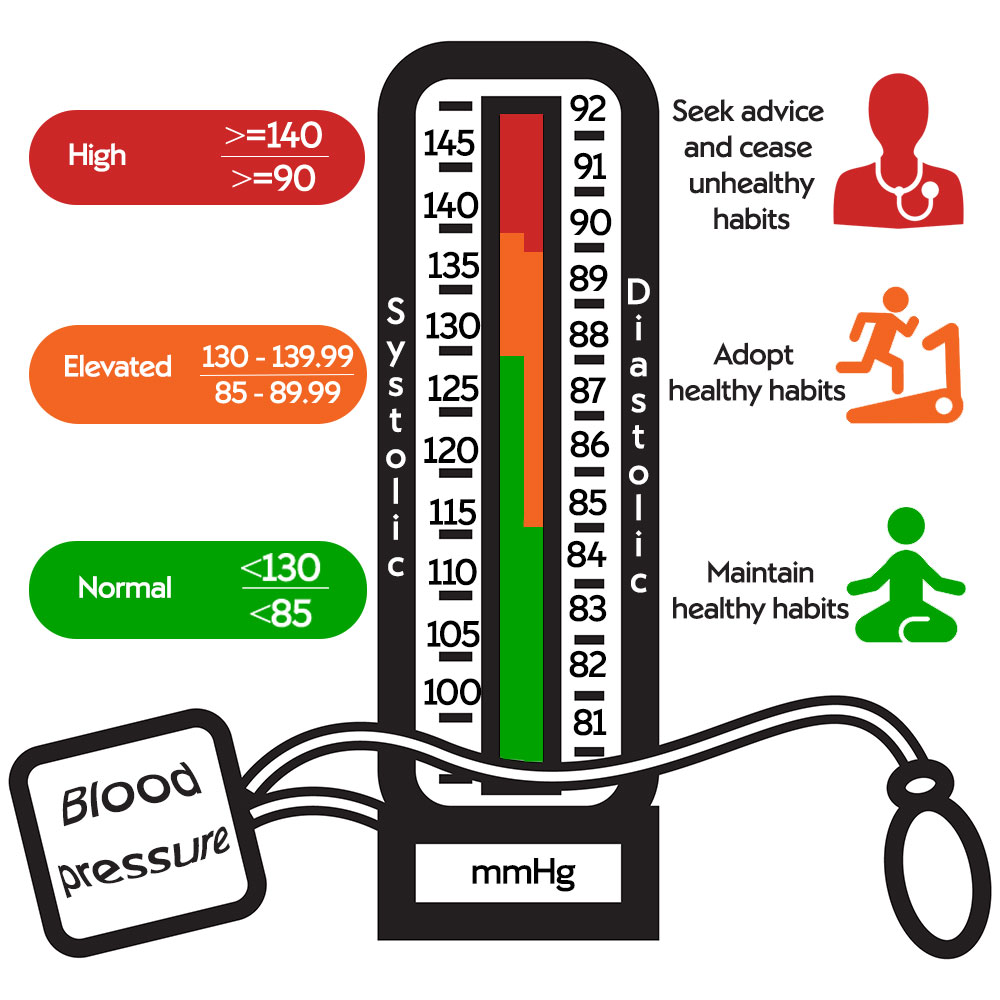
When to Seek Medical Attention
If your diastolic blood pressure is consistently above 120 mmHg, or if you experience any concerning symptoms such as chest pain, shortness of breath, or dizziness, you should seek immediate medical attention. High diastolic pressure can be a sign of a hypertensive crisis, which requires prompt treatment to prevent potential life-threatening complications.
Blood Pressure Chart & Numbers (Normal Range, Systolic, Diastolic)
Written by WebMD Editorial Contributors
- What Do Systolic and Diastolic Blood Pressure Numbers Mean?
- What Does the Systolic Blood Pressure Number Mean?
- What Does the Diastolic Blood Pressure Number Mean?
- Blood Pressure Ranges
- Hypertension Blood Pressure Ranges
- How Blood Pressure Is Measured
- When to Check Blood Pressure
- Checking Blood Pressure at Home
- Preventing High Blood Pressure
- Causes of Sudden High Blood Pressure
- What Is Malignant High Blood Pressure?
- What Causes Malignant Hypertension?
- Who’s at Risk for Malignant Hypertension?
- How Is Malignant Hypertension Treated?
- More
When you get your blood pressure numbers, there are two of them. The first, or “top” one, is your systolic blood pressure. The second, or “bottom,” one is diastolic blood pressure.
Knowing both is important and could save your life.
When your heart beats, it squeezes and pushes blood through your arteries to the rest of your body. This force creates pressure on those blood vessels, and that’s your systolic blood pressure.
Here’s how to understand your systolic blood pressure number:
- Normal: Below 120
- Elevated: 120-129
- Stage I: high blood pressure (also called hypertension): 130-139
- Stage II: hypertension: 140 or more
- Hypertensive crisis: 180 or more. Call 911.
The diastolic reading, or the bottom number, is the pressure in the arteries when the heart rests between beats. This is the time when the heart fills with blood and gets oxygen.
This is what your diastolic blood pressure number means:
- Normal: Lower than 80
- Stage I: hypertension: 80-89
- Stage II: hypertension: 90 or more
- Hypertensive crisis: 120 or more. Call 911.
Our chart below has more details.
Even if your diastolic number is normal (lower than 80), you can have elevated blood pressure if the systolic reading is 120-129.
If you have normal blood pressure, your blood pressure is less than 120/80. Stick with an active lifestyle and healthy diet to keep that going.
Is your blood pressure above the normal range, in either or both systolic and diastolic levels? Your doctor will want to have more than one blood pressure reading before diagnosing hypertension.
Treatments include lifestyle changes, and if that’s not enough, they may also include medications.
Lifestyle changes include:
- Cutting back on sodium. Ask your doctor what your daily sodium limit should be. Read the Nutrition Facts label on food products.
- Getting more exercise. Studies show benefits with 3-4 sessions per week, each lasting 40 minutes, of aerobic exercise (the kind that makes your heart beat faster).
- Losing weight, if you’re overweight. You can expect to shave about 1 point off your blood pressure numbers for each pound lost.

- Eating a healthy diet. The DASH diet is designed to improve blood pressure. DASH stands for Dietary Approaches to Stop Hypertension. It favors vegetables, fruits, whole grains, low-fat dairy, poultry, fish, and chicken.
- Limiting alcohol to no more than one drink a day for women or two for men.
If you also need medication to lower your blood pressure, there are several types:
- Diuretics
- Angiotensin-converting enzymeinhibitors
- Alpha blockers
- Angiotensin II receptor blockers
- Beta-blockers
- Calcium channel blockers
- Central agonists
- Vasodilators
- Combination medications
If you need medication, your doctor will consider which type is best for you. (They’ll also recommend lifestyle habits that help lower blood pressure.) Deciding whether you need medication is often done on a case-by-case basis, depending on what else is going on with your health and on your preferences.
.
If you have:
- Elevated blood pressure: Your systolic pressure is 120-129, and your diastolic pressure is less than 80.
 Lifestyle changes and monitoring your blood pressure may be all you need at this point. Your doctor will let you know.
Lifestyle changes and monitoring your blood pressure may be all you need at this point. Your doctor will let you know. - Stage I hypertension: Systolic 130-139 or diastolic 80-89. Your doctor will recommend lifestyle changes and will consider whether you also need medication.
- Stage II hypertension: Systolic at least 140 or diastolic at least 90. Your doctor will recommend lifestyle changes and consider starting you on medication to lower your blood pressure.
- Hypertensive crisis: Your blood pressure is 180/120 or higher. You may or may not also have symptoms such as chest pain, shortness of breath, numbness/weakness, and trouble with vision or with speaking. This is an emergency. Call 911.
One reading may not be enough to diagnose high blood pressure. Your doctor may want you to have several blood pressure readings over time, to check if it’s consistently too high.
A doctor or nurse will measure your blood pressure with a small gauge attached to an inflatable cuff.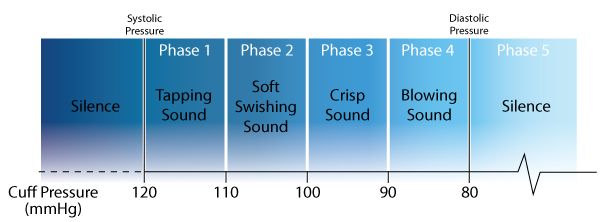 It’s simple and painless.
It’s simple and painless.
The person taking your blood pressure wraps the cuff around your upper arm. Some cuffs go around the forearm or wrist, but often, they aren’t as accurate.
Your doctor or nurse will use a stethoscope to listen to the blood moving through your artery.
They’ll inflate the cuff to a pressure higher than your systolic blood pressure, and it will tighten around your arm. Then, they’ll release it. As the cuff deflates, the first sound they hear through the stethoscope is the systolic blood pressure. It sounds like a whooshing noise. The point where this noise goes away marks the diastolic blood pressure.
In a blood pressure reading, the systolic number always comes first and then the diastolic number. For example, your numbers may be “120 over 80” or written as 120/80.
- If your blood pressure is normal—less than 120/80—get it checked every year, or more often as your doctor suggests.
- If your blood pressure is elevated—a systolic blood pressure between 120 and 129 or diastolic blood pressure of less than 80—your doctor will probably want to check it every 3-6 months.
 They will probably recommend lifestyle changes such as more exercise and a better diet.
They will probably recommend lifestyle changes such as more exercise and a better diet. - If you have stage I hypertension—130-139 over 89-90—the doctor might suggest lifestyle changes and see you again in 3-6 months. They could also tell you to make the changes and give you medication, then recheck your condition in a month. It depends on what other health conditions or risk factors you have.
- If you have stage II hypertension—140/90 or higher—you’ll likely get medication. You’ll also need to make lifestyle changes and see the doctor again in a month.
Keeping track of blood pressure at home is important for many people, especially if you have high blood pressure. This helps you and your doctor find out if your treatment is working.
Your doctor may also suggest that you check your pressure at home if they think you may have “white coat hypertension.” It’s a real condition. The stress of being in a doctor’s office increases your blood pressure, but when you’re home, it’s normal.
Ask your doctor to recommend an easy-to-use home blood pressure monitor. Make sure the cuff fits properly. If your arm is too big for the cuff, the reading may be higher than your blood pressure really is. Ask your doctor for a larger cuff or make sure you buy a home monitor with a cuff that fits you.
You also can use a wrist blood pressure monitor, but they often aren’t as accurate. Follow the directions that come with the device to make sure you are using it correctly.
No matter which type of blood pressure monitor you have, it’s a good idea to take it to your doctor’s office. You can compare its reading to the numbers your doctor gets. Avoid caffeine, cigarettes, and exercise for at least 30 minutes before the test.
When you take your blood pressure at home, sit up straight in a chair and put both feet on the floor. Ask your doctor or nurse to show you the right way to position your arm so you get accurate readings.
Check it at the same time of day so the readings are consistent. Then, take several readings about 1 minute apart. Be sure to write down the results.
Then, take several readings about 1 minute apart. Be sure to write down the results.
Take the blood pressure journal to your doctor’s office so you can talk about any changes in your numbers. Your doctor will decide whether you need medications in addition to lifestyle changes.
Even if your blood pressure is high, you probably won’t have symptoms. That’s why it’s often called the “silent killer.” The first symptom of untreated high blood pressure may be a heart attack, stroke, or kidney damage.
To keep your blood pressure in the normal range, your daily habits are key. These things help:
Don’t smoke. Among the many health problems that smoking causes, it increases your blood pressure.
Make physical activity a habit. Most experts recommend at least 30 minutes of moderate-intensity physical activity (such as biking or brisk walking) five or more times a week. Or you could do a harder activity for a shorter period of time per session.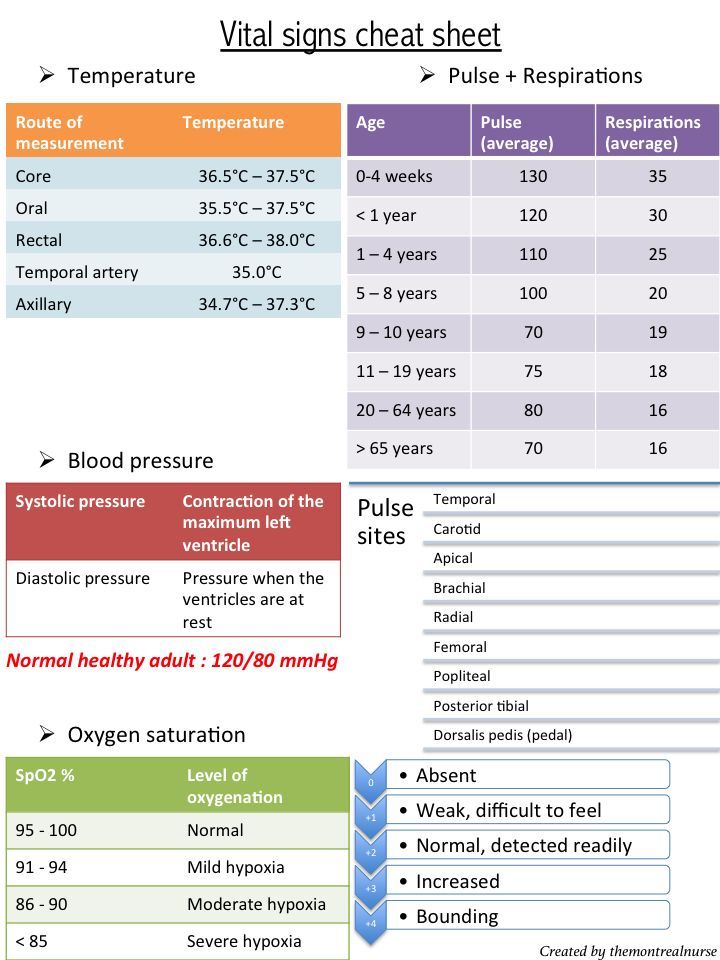
Eat right. Read food labels to see how much sodium is in a serving. Check with your doctor to find out what your daily limit should be. Include a lot of vegetables and fruits, along with whatever else you choose to put on your plate.
Stick to a healthy weight. Extra pounds increase your blood pressure. If you’re not sure what a healthy weight would be for you, ask your doctor.
Get enough sleep. For most adults, that’s 7-8 hours of sleep per night on a regular basis.
If you drink alcohol, limit it to no more than one drink a day if you’re a woman and up to two drinks a day if you’re a man.
Sometimes, your blood pressure will spike for short periods. This is known as sudden high blood pressure. Here are some of the causes:
- Caffeine
- Smoking
- Stress
- Certain medications such as nonsteroidal anti-inflammatory drugs or a mix of meds
- Overactive adrenal glands
- Chronic kidney disease
- Thyroid issues (overactive or underactive thyroid)
- Pregnancy-related high blood pressure
Malignant hypertension is extremely high blood pressure that develops rapidly and causes some type of organ damage.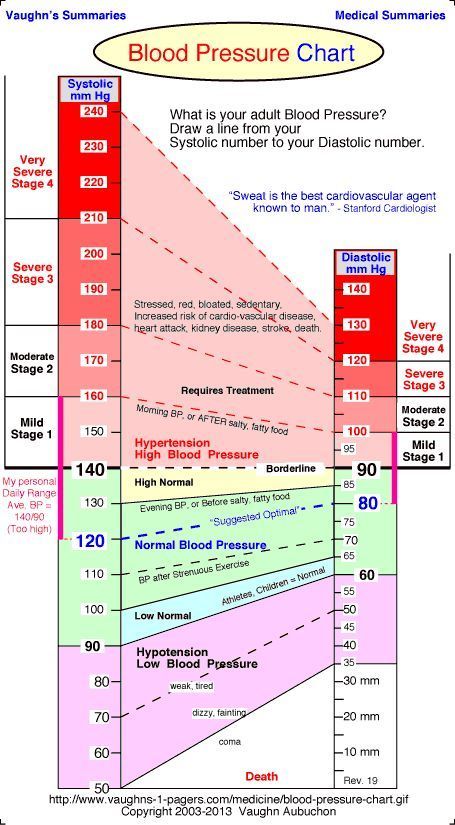 Malignant hypertension should be treated as a medical emergency.
Malignant hypertension should be treated as a medical emergency.
In many people, high blood pressure is the main cause of malignant hypertension. Missing doses of blood pressure medications can also cause it. In addition, there are certain medical conditions that can cause it. They include:
- Collagen vascular disease, such as scleroderma
- Kidney disease
- Spinal cord injuries
- Tumor of the adrenal gland
- Use of certain medications, including birth control pills and monoamine oxidase inhibitors
- Use of illegal drugs, such as cocaine
Malignant hypertension is rare. About 1% of people who have a history of high blood pressure develop this life-threatening condition.
You are at higher risk of developing it if you are a man, African American, or someone of lower economic status. Poor access to health care increases the risk.
Malignant hypertension is a medical emergency and needs to be treated in a hospital, often in an intensive care unit.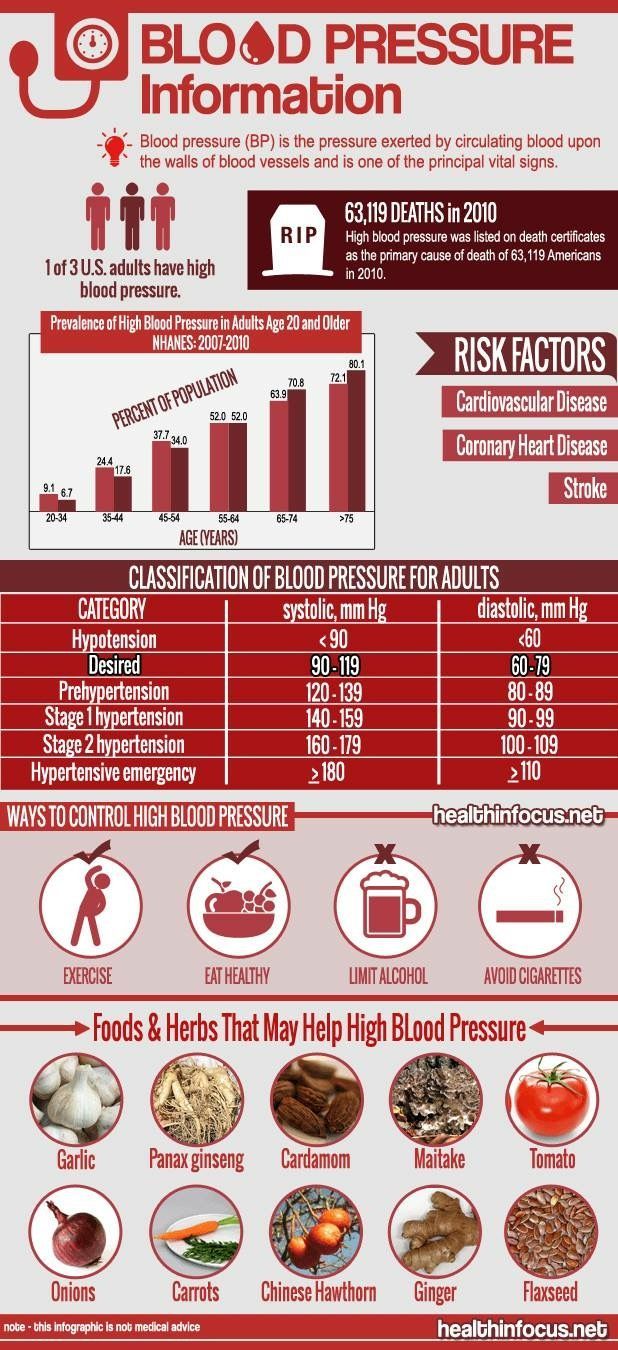 The doctor will consider your symptoms and overall health when deciding what treatment plan is best for you. The goal of treatment is to carefully lower your blood pressure within a matter of minutes.
The doctor will consider your symptoms and overall health when deciding what treatment plan is best for you. The goal of treatment is to carefully lower your blood pressure within a matter of minutes.
You will receive blood pressure medicines through an IV, which is the quickest way to treat extremely high blood pressure. Once blood pressure is at a safe level, the medications may be switched to oral forms. If you develop kidney failure, you may need kidney dialysis.
Other treatments depend on your specific symptoms and possible causes of the malignant hypertension.
Top Picks
Blood Pressure Chart & Numbers (Normal Range, Systolic, Diastolic)
Written by WebMD Editorial Contributors
- What Do Systolic and Diastolic Blood Pressure Numbers Mean?
- What Does the Systolic Blood Pressure Number Mean?
- What Does the Diastolic Blood Pressure Number Mean?
- Blood Pressure Ranges
- Hypertension Blood Pressure Ranges
- How Blood Pressure Is Measured
- When to Check Blood Pressure
- Checking Blood Pressure at Home
- Preventing High Blood Pressure
- Causes of Sudden High Blood Pressure
- What Is Malignant High Blood Pressure?
- What Causes Malignant Hypertension?
- Who’s at Risk for Malignant Hypertension?
- How Is Malignant Hypertension Treated?
- More
When you get your blood pressure numbers, there are two of them. The first, or “top” one, is your systolic blood pressure. The second, or “bottom,” one is diastolic blood pressure.
The first, or “top” one, is your systolic blood pressure. The second, or “bottom,” one is diastolic blood pressure.
Knowing both is important and could save your life.
When your heart beats, it squeezes and pushes blood through your arteries to the rest of your body. This force creates pressure on those blood vessels, and that’s your systolic blood pressure.
Here’s how to understand your systolic blood pressure number:
- Normal: Below 120
- Elevated: 120-129
- Stage I: high blood pressure (also called hypertension): 130-139
- Stage II: hypertension: 140 or more
- Hypertensive crisis: 180 or more. Call 911.
The diastolic reading, or the bottom number, is the pressure in the arteries when the heart rests between beats. This is the time when the heart fills with blood and gets oxygen.
This is what your diastolic blood pressure number means:
- Normal: Lower than 80
- Stage I: hypertension: 80-89
- Stage II: hypertension: 90 or more
- Hypertensive crisis: 120 or more.
 Call 911.
Call 911.
Our chart below has more details.
Even if your diastolic number is normal (lower than 80), you can have elevated blood pressure if the systolic reading is 120-129.
If you have normal blood pressure, your blood pressure is less than 120/80. Stick with an active lifestyle and healthy diet to keep that going.
Is your blood pressure above the normal range, in either or both systolic and diastolic levels? Your doctor will want to have more than one blood pressure reading before diagnosing hypertension.
Treatments include lifestyle changes, and if that’s not enough, they may also include medications.
Lifestyle changes include:
- Cutting back on sodium. Ask your doctor what your daily sodium limit should be. Read the Nutrition Facts label on food products.
- Getting more exercise. Studies show benefits with 3-4 sessions per week, each lasting 40 minutes, of aerobic exercise (the kind that makes your heart beat faster).
- Losing weight, if you’re overweight.
 You can expect to shave about 1 point off your blood pressure numbers for each pound lost.
You can expect to shave about 1 point off your blood pressure numbers for each pound lost. - Eating a healthy diet. The DASH diet is designed to improve blood pressure. DASH stands for Dietary Approaches to Stop Hypertension. It favors vegetables, fruits, whole grains, low-fat dairy, poultry, fish, and chicken.
- Limiting alcohol to no more than one drink a day for women or two for men.
If you also need medication to lower your blood pressure, there are several types:
- Diuretics
- Angiotensin-converting enzymeinhibitors
- Alpha blockers
- Angiotensin II receptor blockers
- Beta-blockers
- Calcium channel blockers
- Central agonists
- Vasodilators
- Combination medications
If you need medication, your doctor will consider which type is best for you. (They’ll also recommend lifestyle habits that help lower blood pressure.) Deciding whether you need medication is often done on a case-by-case basis, depending on what else is going on with your health and on your preferences.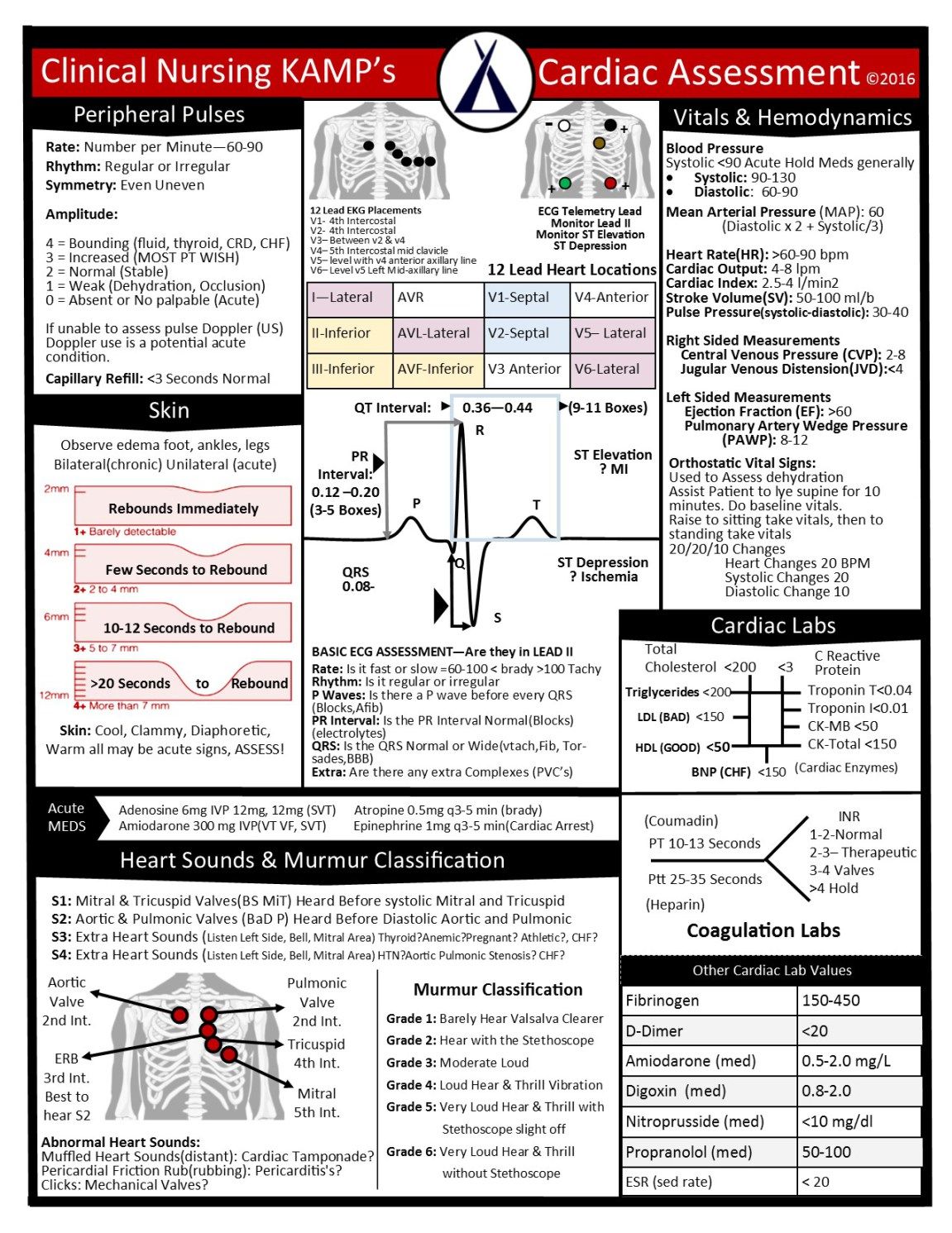
.
If you have:
- Elevated blood pressure: Your systolic pressure is 120-129, and your diastolic pressure is less than 80. Lifestyle changes and monitoring your blood pressure may be all you need at this point. Your doctor will let you know.
- Stage I hypertension: Systolic 130-139 or diastolic 80-89. Your doctor will recommend lifestyle changes and will consider whether you also need medication.
- Stage II hypertension: Systolic at least 140 or diastolic at least 90. Your doctor will recommend lifestyle changes and consider starting you on medication to lower your blood pressure.
- Hypertensive crisis: Your blood pressure is 180/120 or higher. You may or may not also have symptoms such as chest pain, shortness of breath, numbness/weakness, and trouble with vision or with speaking. This is an emergency. Call 911.
One reading may not be enough to diagnose high blood pressure. Your doctor may want you to have several blood pressure readings over time, to check if it’s consistently too high.
Your doctor may want you to have several blood pressure readings over time, to check if it’s consistently too high.
A doctor or nurse will measure your blood pressure with a small gauge attached to an inflatable cuff. It’s simple and painless.
The person taking your blood pressure wraps the cuff around your upper arm. Some cuffs go around the forearm or wrist, but often, they aren’t as accurate.
Your doctor or nurse will use a stethoscope to listen to the blood moving through your artery.
They’ll inflate the cuff to a pressure higher than your systolic blood pressure, and it will tighten around your arm. Then, they’ll release it. As the cuff deflates, the first sound they hear through the stethoscope is the systolic blood pressure. It sounds like a whooshing noise. The point where this noise goes away marks the diastolic blood pressure.
In a blood pressure reading, the systolic number always comes first and then the diastolic number. For example, your numbers may be “120 over 80” or written as 120/80.
- If your blood pressure is normal—less than 120/80—get it checked every year, or more often as your doctor suggests.
- If your blood pressure is elevated—a systolic blood pressure between 120 and 129 or diastolic blood pressure of less than 80—your doctor will probably want to check it every 3-6 months. They will probably recommend lifestyle changes such as more exercise and a better diet.
- If you have stage I hypertension—130-139 over 89-90—the doctor might suggest lifestyle changes and see you again in 3-6 months. They could also tell you to make the changes and give you medication, then recheck your condition in a month. It depends on what other health conditions or risk factors you have.
- If you have stage II hypertension—140/90 or higher—you’ll likely get medication. You’ll also need to make lifestyle changes and see the doctor again in a month.
Keeping track of blood pressure at home is important for many people, especially if you have high blood pressure.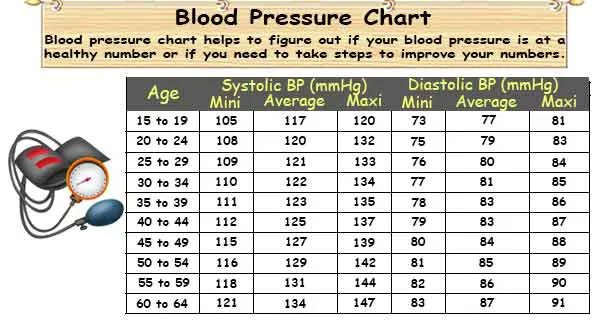 This helps you and your doctor find out if your treatment is working.
This helps you and your doctor find out if your treatment is working.
Your doctor may also suggest that you check your pressure at home if they think you may have “white coat hypertension.” It’s a real condition. The stress of being in a doctor’s office increases your blood pressure, but when you’re home, it’s normal.
Ask your doctor to recommend an easy-to-use home blood pressure monitor. Make sure the cuff fits properly. If your arm is too big for the cuff, the reading may be higher than your blood pressure really is. Ask your doctor for a larger cuff or make sure you buy a home monitor with a cuff that fits you.
You also can use a wrist blood pressure monitor, but they often aren’t as accurate. Follow the directions that come with the device to make sure you are using it correctly.
No matter which type of blood pressure monitor you have, it’s a good idea to take it to your doctor’s office. You can compare its reading to the numbers your doctor gets. Avoid caffeine, cigarettes, and exercise for at least 30 minutes before the test.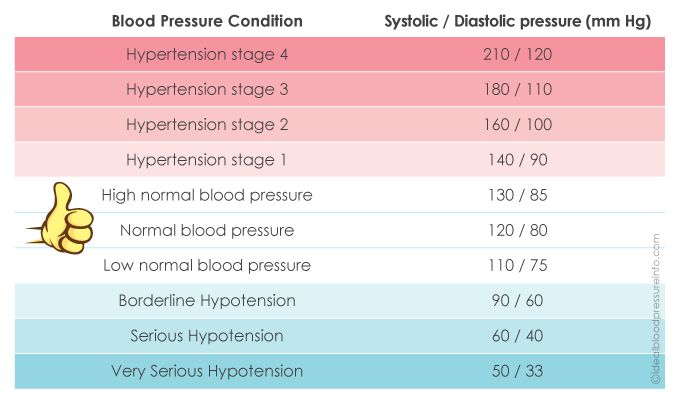
When you take your blood pressure at home, sit up straight in a chair and put both feet on the floor. Ask your doctor or nurse to show you the right way to position your arm so you get accurate readings.
Check it at the same time of day so the readings are consistent. Then, take several readings about 1 minute apart. Be sure to write down the results.
Take the blood pressure journal to your doctor’s office so you can talk about any changes in your numbers. Your doctor will decide whether you need medications in addition to lifestyle changes.
Even if your blood pressure is high, you probably won’t have symptoms. That’s why it’s often called the “silent killer.” The first symptom of untreated high blood pressure may be a heart attack, stroke, or kidney damage.
To keep your blood pressure in the normal range, your daily habits are key. These things help:
Don’t smoke. Among the many health problems that smoking causes, it increases your blood pressure.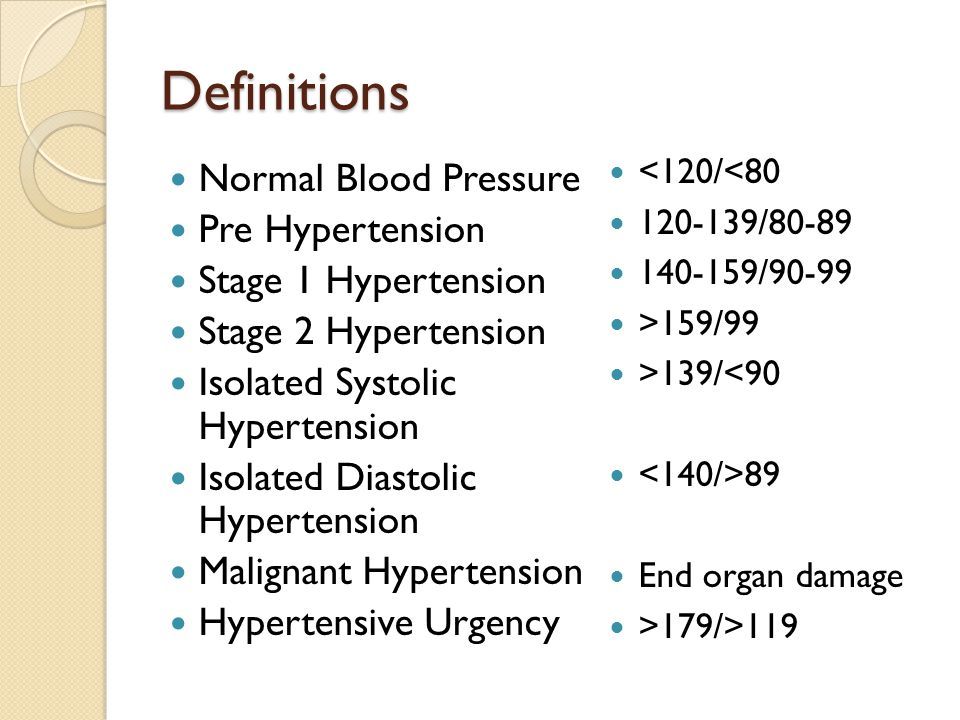
Make physical activity a habit. Most experts recommend at least 30 minutes of moderate-intensity physical activity (such as biking or brisk walking) five or more times a week. Or you could do a harder activity for a shorter period of time per session.
Eat right. Read food labels to see how much sodium is in a serving. Check with your doctor to find out what your daily limit should be. Include a lot of vegetables and fruits, along with whatever else you choose to put on your plate.
Stick to a healthy weight. Extra pounds increase your blood pressure. If you’re not sure what a healthy weight would be for you, ask your doctor.
Get enough sleep. For most adults, that’s 7-8 hours of sleep per night on a regular basis.
If you drink alcohol, limit it to no more than one drink a day if you’re a woman and up to two drinks a day if you’re a man.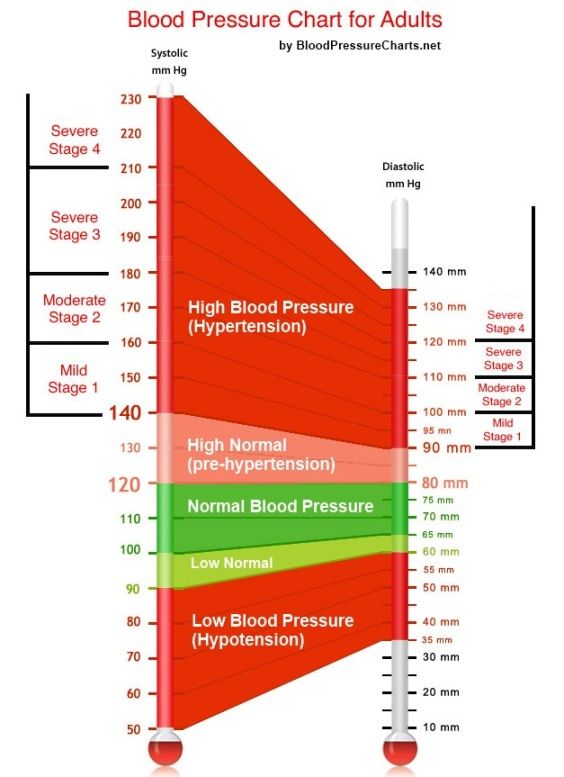
Sometimes, your blood pressure will spike for short periods. This is known as sudden high blood pressure. Here are some of the causes:
- Caffeine
- Smoking
- Stress
- Certain medications such as nonsteroidal anti-inflammatory drugs or a mix of meds
- Overactive adrenal glands
- Chronic kidney disease
- Thyroid issues (overactive or underactive thyroid)
- Pregnancy-related high blood pressure
Malignant hypertension is extremely high blood pressure that develops rapidly and causes some type of organ damage. Malignant hypertension should be treated as a medical emergency.
In many people, high blood pressure is the main cause of malignant hypertension. Missing doses of blood pressure medications can also cause it. In addition, there are certain medical conditions that can cause it. They include:
- Collagen vascular disease, such as scleroderma
- Kidney disease
- Spinal cord injuries
- Tumor of the adrenal gland
- Use of certain medications, including birth control pills and monoamine oxidase inhibitors
- Use of illegal drugs, such as cocaine
Malignant hypertension is rare.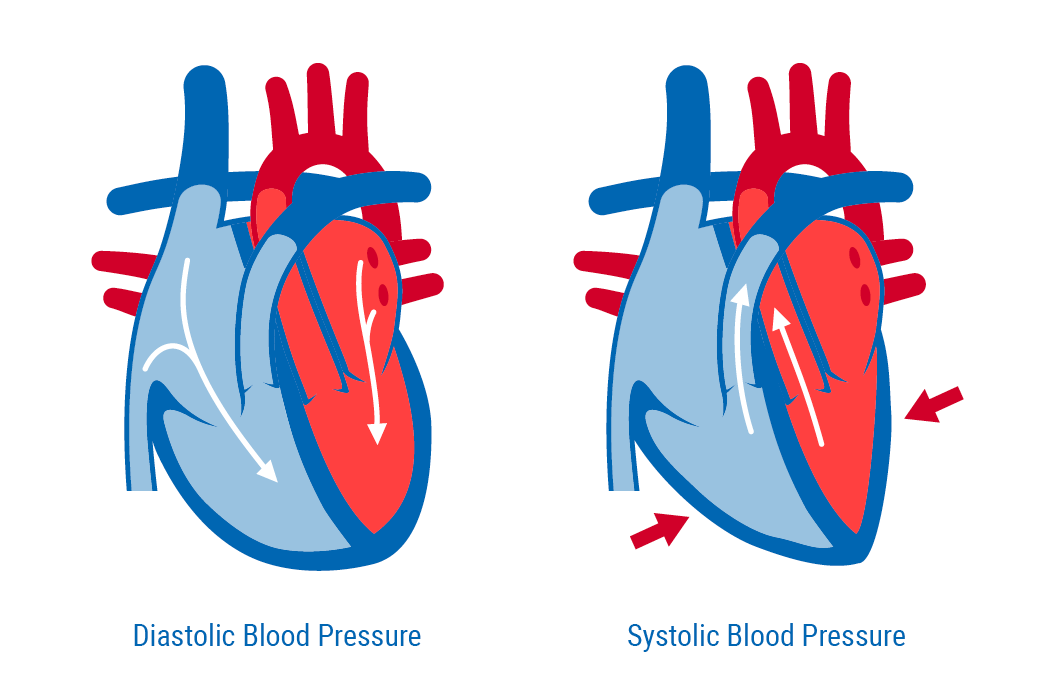 About 1% of people who have a history of high blood pressure develop this life-threatening condition.
About 1% of people who have a history of high blood pressure develop this life-threatening condition.
You are at higher risk of developing it if you are a man, African American, or someone of lower economic status. Poor access to health care increases the risk.
Malignant hypertension is a medical emergency and needs to be treated in a hospital, often in an intensive care unit. The doctor will consider your symptoms and overall health when deciding what treatment plan is best for you. The goal of treatment is to carefully lower your blood pressure within a matter of minutes.
You will receive blood pressure medicines through an IV, which is the quickest way to treat extremely high blood pressure. Once blood pressure is at a safe level, the medications may be switched to oral forms. If you develop kidney failure, you may need kidney dialysis.
Other treatments depend on your specific symptoms and possible causes of the malignant hypertension.
Top Picks
The doctor called the reasons for the increase in lower blood pressure – Gazeta.
 Ru
Ru
The doctor called the reasons for the increase in lower blood pressure – Gazeta.Ru | News
close
100%
There are two indicators of blood pressure: systolic or upper (pressure in the arteries when the heart pushes blood into them) and diastolic or lower (pressure in the arteries at the moment the heart muscle relaxes). Situations where only one of them rises are rare. Ivan Efremkin, a cardiologist at the OMC Group of Companies, told Gazeta.Ru about this.
“Normal diastolic pressure should be in the range of 70-90 mm Hg. If the indicator is higher, this may indicate either an excess of circulating blood, that is, fluid retention in the body, or that the patient has a high stiffness of the vascular walls, ”explains the doctor.
Ivan Efremkin notes that increased diastolic pressure indicates that the patient has been in need of medical treatment for quite some time.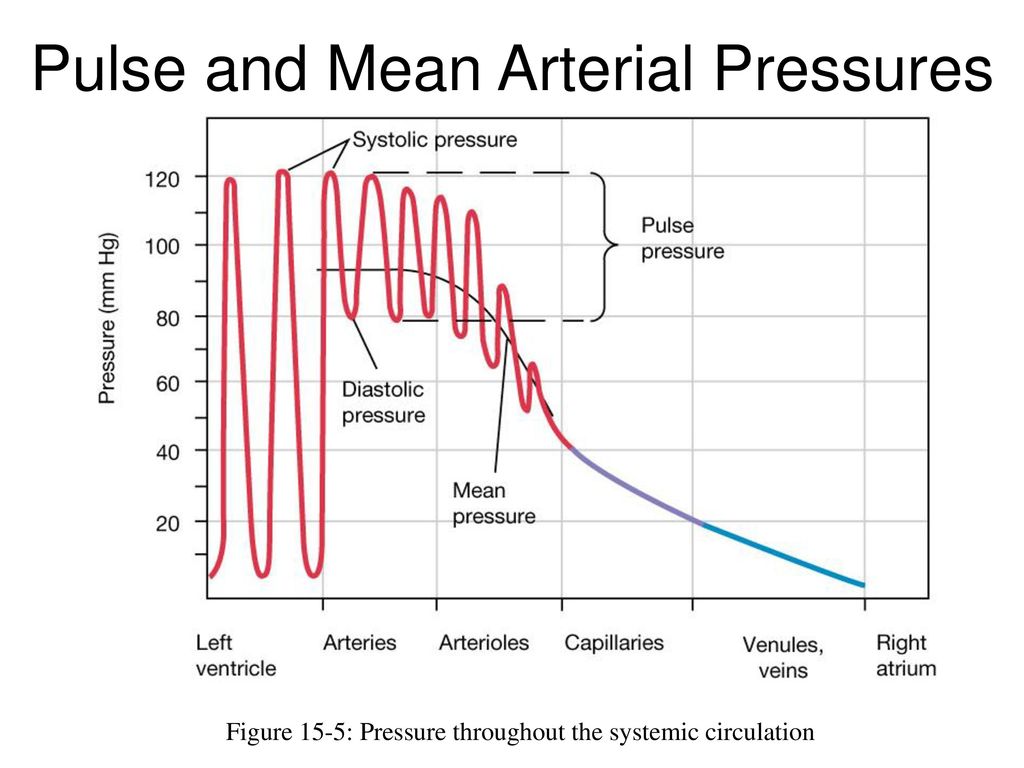 According to the doctor, increased lower pressure does not happen episodically, and is not associated with emotional factors or physical activity.
According to the doctor, increased lower pressure does not happen episodically, and is not associated with emotional factors or physical activity.
“High diastolic pressures with relatively normal systolic pressures are usually indicative of symptomatic hypertension. This is not classical hypertension, which is found in 80% of patients, but symptomatic hypertension, which is the result of severe disorders in the kidneys, adrenal glands or thyroid gland,” the cardiologist warns.
In order to determine the cause, the specialist recommends that you consult a doctor and undergo a series of examinations: take blood tests, perform an ECG, ultrasound of the abdominal organs, kidneys, adrenal glands, and so on.
Previously, doctor explained how to recognize high blood pressure by symptoms.
Subscribe to Gazeta.Ru in News, Zen and Telegram.
To report a bug, select the text and press Ctrl+Enter
News
Zen
Telegram
“Husband wants to take the children from his first marriage with us to the sea, but I am against it”
A housewife from the Leningrad region told about disagreements with her husband about vacation with children
“My husband deprived me of my car because I gave birth to a daughter instead of a son”
A manager from Kolomna about her husband’s unfair treatment
“I envy my pregnant friend because I can’t conceive a child”
A teacher from Moscow talks about a test in a long-term friendship
“I think that if a husband watches porn, then this is treason”
A housewife from Kostroma – about her understanding of adultery
“Sometimes it seems that I raised not a daughter, but a devil”
An accountant from the Moscow region talks about a difficult relationship with a teenage daughter
Pressure 130 over 100 or 130 over 110: causes, consequences and treatment
Contents
- 1 Pressure 130 over 100 and 130 over 110: what are the dangerous indicators and what symptoms can occur?
- 1.1 Related videos:
- 1.2 Q&A:
- 1.2.0.1 What are the symptoms of high blood pressure?
- 1.2.0.2 What are the causes of high blood pressure?
- 1.2.0.3 Can high blood pressure cause serious complications?
- 1.2.0.4 What is the difference between a pressure of 130 over 100 and 130 over 110?
- 1.2.0.5 Which diet should be followed for high blood pressure?
- 1.2.0.6 Are there any medications that can be taken for high blood pressure?
- 1.2.0.7 Can high blood pressure be temporary?
- 1.2.0.8 Can I try to lower my blood pressure without medication?
Blood pressure of 130 to 100 and 130 to 110 BP is a high indicator that may indicate the presence of hypertension.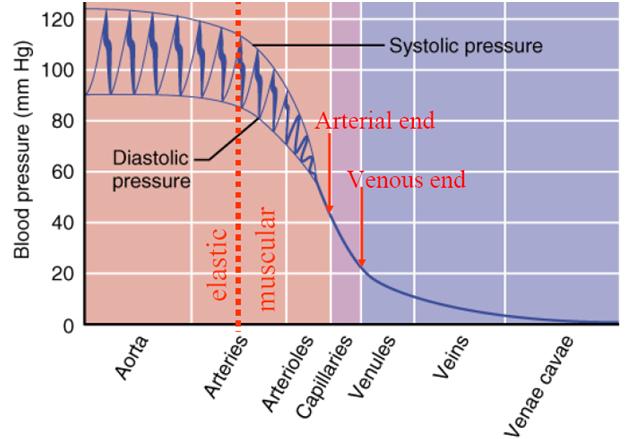 It is important to monitor your BP and take steps to lower it to avoid serious health consequences.
It is important to monitor your BP and take steps to lower it to avoid serious health consequences.
Every person who pays attention to their health should know what blood pressure is and how it affects the body. Blood pressure (BP) is the pressure of blood against the walls of arteries when blood is circulating through the circulatory system. It is divided into upper (systolic) and lower (diastolic) pressure.
The blood pressure measurement system is indicated by fractions, for example: 130 over 100 or 130 over 110. A pressure of 130 over 100 means that the systolic pressure is 130 mmHg and the diastolic pressure is 100 mmHg. Similarly, a pressure of 130 over 110 means that the systolic pressure is 130 mmHg and the diastolic pressure is 110 mmHg.
If the pressure is increased both in the first and in the second case, then this is called hypertension. Doctors divide hypertension into 3 degrees: mild (140-159/ 90-99 mmHg Art.), medium (160-179 / 100-109 mm Hg. Art.) and heavy (180 / 110 mm Hg. Art. and above). In case of high blood pressure, you should seek medical help and start treatment to avoid possible complications of the disease.
Art.) and heavy (180 / 110 mm Hg. Art. and above). In case of high blood pressure, you should seek medical help and start treatment to avoid possible complications of the disease.
Related videos:
FAQ:
What are the symptoms of high blood pressure?
High blood pressure may be accompanied by headache, dizziness, nausea, difficulty breathing, chest pain. Also, icteric staining of the skin and eyes, puffiness, and cardiac arrhythmia may appear.
What are the causes of high blood pressure?
High blood pressure can be caused by many things, including genetic factors, certain medical conditions (such as kidney disease), weight gain, poor diet, alcohol use, smoking, and stress.
Can high blood pressure cause serious complications?
Yes, high blood pressure can lead to serious complications, including stroke, heart attack, heart failure, kidney damage, and metabolic syndrome.
What is the difference between the pressure of 130 over 100 and 130 over 110?
A blood pressure of 130 over 100 indicates systolic pressure (upper number) is normal, but diastolic pressure (lower number) is higher than normal. At the same time, a pressure of 130 over 110 indicates increased systolic and diastolic pressure.
What diet should I follow for high blood pressure?
A diet rich in fruits, vegetables, whole grains, nuts, fish, magnesium, potassium and calcium is recommended. Limit your intake of saturated fat, salt, sugar, and alcohol.
Are there any medications that can be taken for high blood pressure?
Yes, there are many medications that can be taken for high blood pressure, including diuretics, angiotensin converting enzyme inhibitors (ACE inhibitors), calcium channel blockers, beta blockers, and others.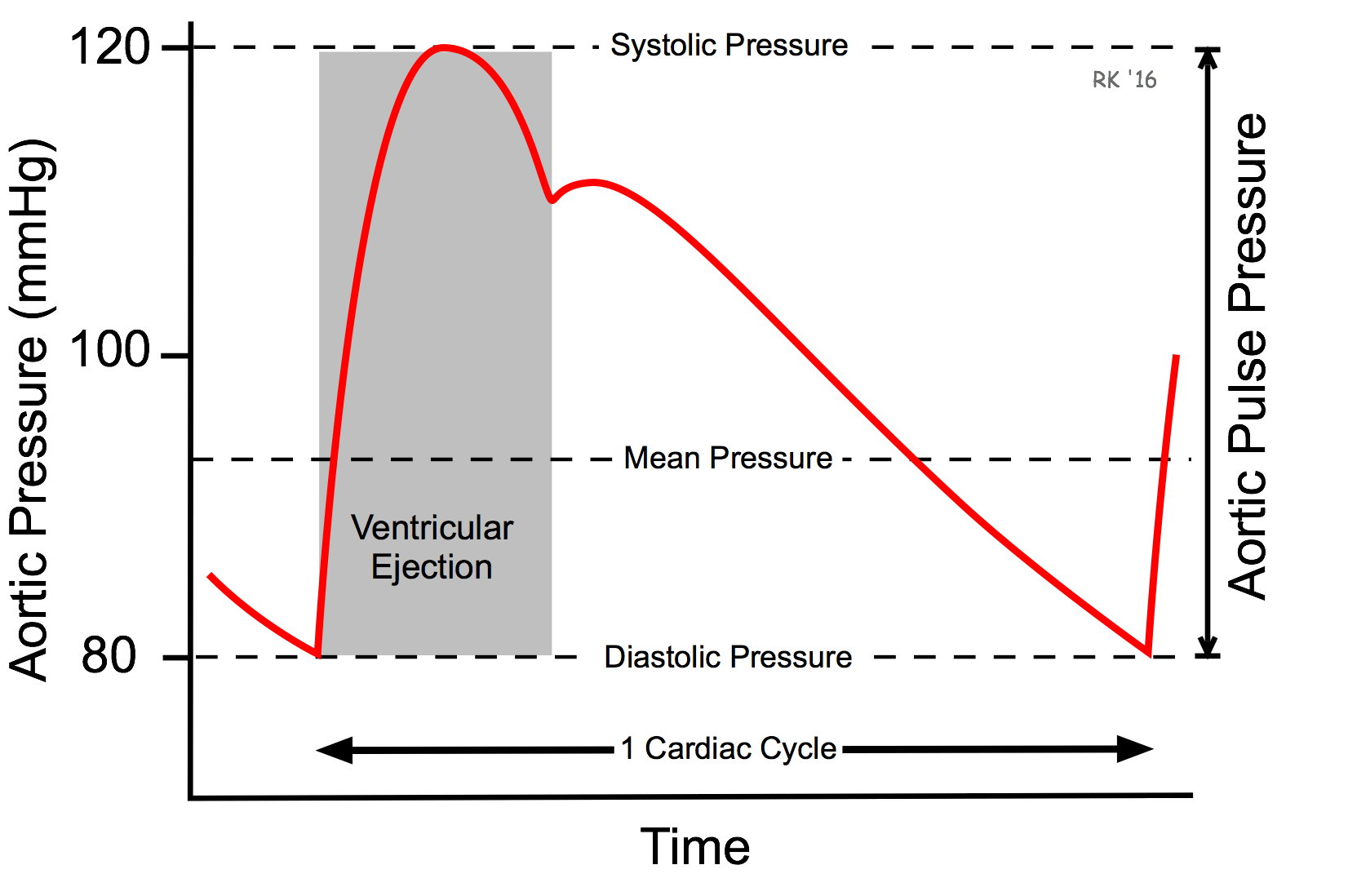


 Lifestyle changes and monitoring your blood pressure may be all you need at this point. Your doctor will let you know.
Lifestyle changes and monitoring your blood pressure may be all you need at this point. Your doctor will let you know. They will probably recommend lifestyle changes such as more exercise and a better diet.
They will probably recommend lifestyle changes such as more exercise and a better diet.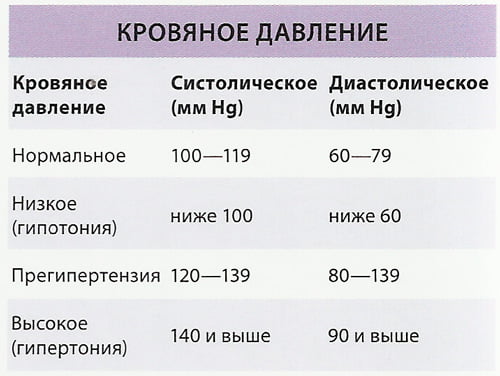 Call 911.
Call 911. You can expect to shave about 1 point off your blood pressure numbers for each pound lost.
You can expect to shave about 1 point off your blood pressure numbers for each pound lost.